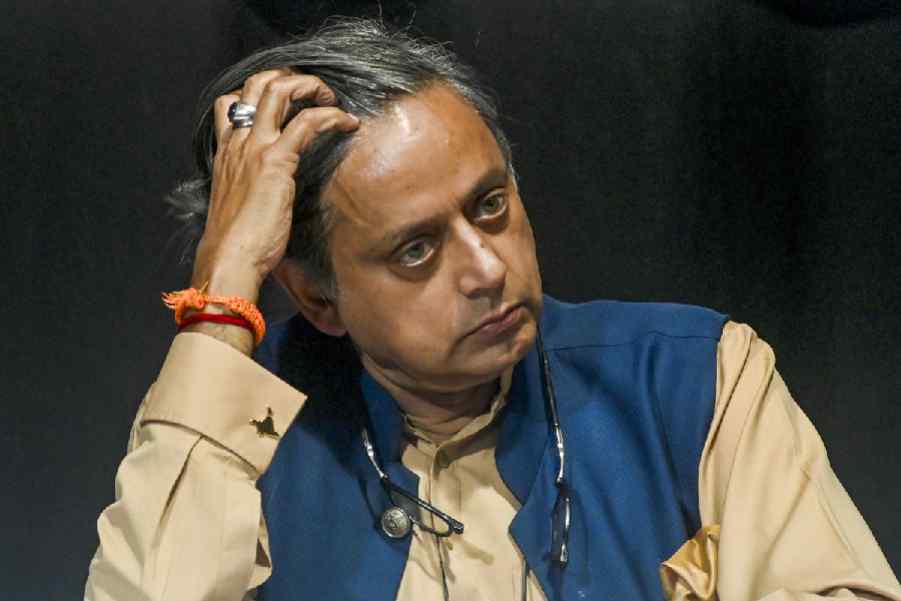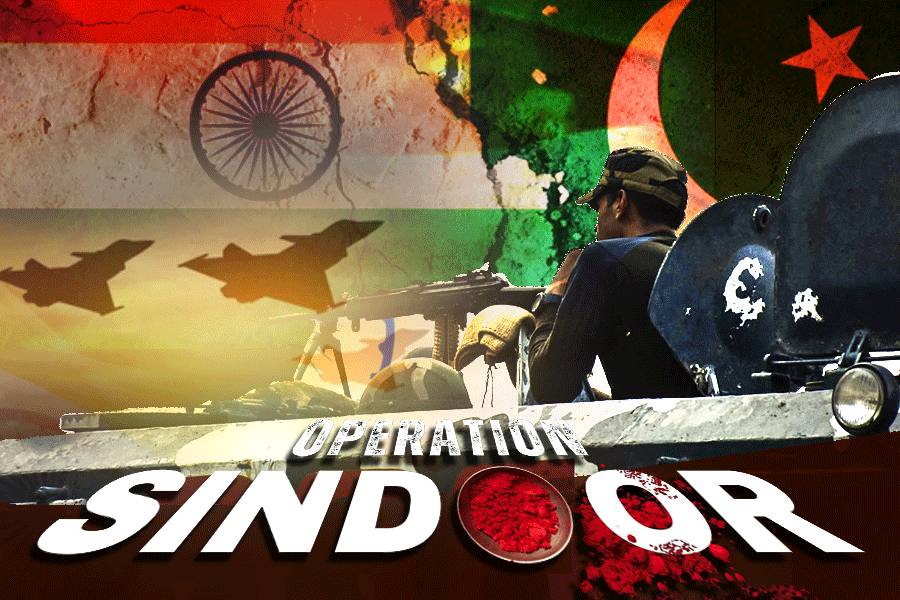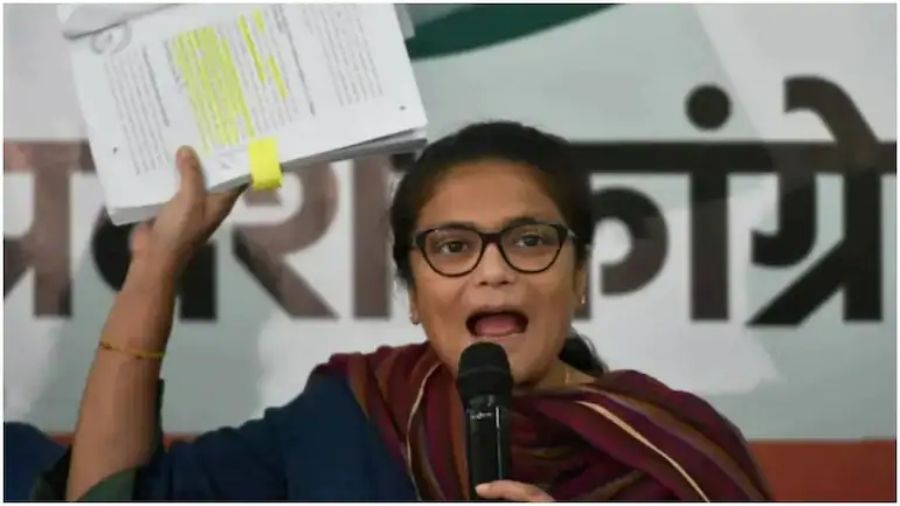 |
 |
| QUICK TAKES: A scene from the documentary Final Solution and (below) a still from No Country for Young Girls. (Top) Documentary filmmakers Rakesh Sharma and Nupur Basu |
 |
An audience of two can be a bit frustrating. But the media activist was not daunted. After all, when he had approached a residential apartment complex for permission to screen documentary films, he’d met with shrugged indifference. “I was told that no one watches documentaries and I would be wasting my time,” says Deepu (he does not use his second name), the founder of a Bangalore-based media group, Pedestrian Pictures.
That was seven years ago. These days, Deepu is happy to find 100 viewers or so at each screening at the Mantri Elite — an up-market housing complex on Bangalore’s Banerghatta Road. “There has been a gradual acceptance of documentary films by the urban Indian audience,” he says.
A combination of factors, clearly, has worked for the short film business. “There has been a digital explosion in India. The news media are booming. And the audience’s choice of cinema has changed,” says Ramesh Thekwani, vice-president, Indian Documentary Producers Association (IDPA).
One of the reasons for the boom, explains Mumbai-based documentary filmmaker Rakesh Sharma, is the “explosion” in factual programming on television in the last five years. “The new news channels have created a huge demand for documentary films,” he says. Sharma adds he now gets regular queries from news channels and even companies to screen his films.
Bangalore-based documentary filmmaker Nupur Basu says that even mainstream Bollywood now makes films grounded in the “real” world, indicating a change in audience viewing patterns. “Films such as Khosla ka Ghosla and My Brother Nikhil show that the documentary genre has begun to make stylistic inroads into the fiction format,” says Basu whose documentary No Country for Young Girls won wide acclaim last year.
The success of YouTube is proof that short films are a huge hit with the young, techno-savvy Indian audience, believes Thekwani. “People buy cameras, burn a DVD and put it on YouTube. This is generating a growing interest in short films,” says Thekwani, adding that as digital technology grows and data download costs dip, there will be an increasing demand for film content in India.
There is strength in numbers. Till the 1980s, India had three media institutions. Today, Mumbai alone has 35 colleges offering mass media courses. “Hundreds of students graduate from media colleges every year. And they all start by making short films,” says Thekwani. The IDPA is starting an e-group of young filmmakers to bring them under one virtual roof.
Young blood has infused fresh creativity into the sector. Thekwani recently watched a film by a media student on a rooster, called Rahim Murga, and his harem of four hens. “The film subtly focused on the status of women in India,” recalls Thekwani.
Media organisations are also giving the documentary sector a push. Pedestrian Pictures screens 15 documentary films in Bangalore schools, colleges and apartment complexes every month.
TV channels too are airing documentaries. In 2007, NDTV introduced a slot called Documentary 24/7. “The show was a result of the growing demand for an alternative programming option to news shows and features,” says Ayesha Kagal, series editor, NDTV. The channel screens a one-hour film every week.
Although NDTV does not furnish figures, Kagal says the ratings for documentary films have been above average and the revenue earned is on a par with that of the channel’s other programmes.
Sharma feels programming fatigue on news channels has triggered a growing interest in documentaries. “News channels received a lot of flak after the coverage of the Mumbai terror attack. So they are going back to the drawing board to re-look at the quality of their content,” he says. He believes more news channels will now air documentaries to diversify their content.
In collaboration with a company, Sharma plans to launch a web portal next year where people can watch online trailers and buy DVDs of documentary films. “We also plan to fund documentaries,” he says.
Filmmakers stress there is more money in the sector now than a decade ago. That is because of the growth in platforms for documentary screenings. Sharma points out that DVD and VCD sales are big revenue earners. His film Final Solution, a study of the 2002 violence in Gujarat, sold 8,000 DVDs and 40,000 VCDs domestically. “A decade ago, this would have been an impossible sales target.”
The Internet has added a new spin to the sector. “It allows documentary filmmakers to market their films at very little cost,” he says.
Filmmakers find that there are new takers for their shorts. The Public Service Broadcasting Trust (PSBT), for example, funds 52 films every year, giving filmmakers a grant of Rs 3.5 lakh or so for a film. Last year, it started a film fellowship programme where filmmakers were given up to Rs 7-8 lakh for a short film. The trust gets about 500-700 proposals every year.
Last year, the Entertainment Society of Goa set up a short film centre at the International Film Festival of India. “The centre was a business platform for films and buyers. It helped sell 56 short films,” says IDPA’s Thekwani.
Not everyone, however, is gung-ho about the short film sector. “This sector has grown quantitatively, but not qualitatively. Since most short films are either made or sponsored by NGOs, they are issue based and dreary,” says documentary filmmaker Aruna Harprasad.
The 100-odd regulars at Mantri Elite would beg to differ.











